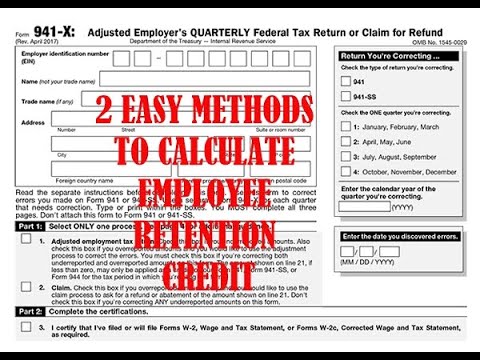The tax credit for retention of employees is an effective tool that businesses can use to help keep their employees in challenging economic times. This is because the Coronavirus Aid, Relief created this refundable tax credit in addition to the Economic Security (CARES) Act in the year 2020. The purpose of this legislation is to help employers retain their employees on the payroll, despite the financial difficulties caused by the COVID-19 pandemic. The tax credit for retention of employees is available to companies regardless of size, including those that are self-employed or with less than 500 employees.
The tax credit for retention of employees offers a tax credit that is refundable that can be as much as 50% the wages paid by an employer who is eligible its employees during the period beginning the 12th of March, 2020, and ending on December 31st, 2021. The maximum amount for the credits is $5,000 per employee in a year. The credit is available for employers regardless of whether they've had to endure a total and/or partial suspension their business operations due to the COVID-19 epidemic.
The purpose of this article is to give an overview of the retention tax credit and what employers must be aware of in order to take advantage of it. We will cover eligibility requirements, how it operates, and the best way to apply for the credit. We will also give suggestions for employers to maximize their tax credit for retention of employees.
In conclusion, the retention tax credit can be a useful tool for employers to assist retain their employees in hard economic times. The credit is offered for employers of all sizes and gives a tax credit of up 50 percent of the wages an eligible employer pays its employees. Employers must take the time to learn about the eligibility requirements, how the credit works and how they can claim it to get the most benefit from their tax credit for employee retention. By taking advantage of this credit, employers can help ensure their business's financial stability as well as their employees' employment.
Additionally, employers must seek advice from their tax advisors in order to ensure they're making full use of the employee retention tax credit, as well as other relief programs. It is important to note that the CARES Act provides a number of other relief programs that go beyond the tax credit for retention of employees including those offered by the Paycheck Protection Program and Economic Injury Disaster Loans. By making use of the various relief programs available employers can ensure the financial stability of their companies and their employees' continued employment.


















